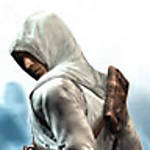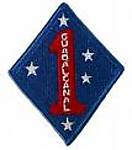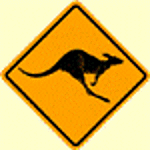Quoted Text
4) IS there as much 'Diversity' in Japanese Infantry Uniforms as in those of Germany? I get the feeling that there isn't (no heavily documented Winter Gear, Desert Uniforms or an evolution in uniforms) ...
The only point I can agree with you on is that there were no desert uniforms. I don't want to boast, but if you need documentation, just ask me. If it means getting a new Japanese infantry kit, I'd be happy to do the research.
Ok, now you have got me started!
There was a huge diversity in Japanese infantry uniforms.
The quality of the uniforms (and the physical appearance of the soldiers themselves) rapidly deteriorated as the war got worse for the Japanese. This is how a manufacturer should sculpt a late war Japanese infantryman. This guy was in the Burma campaign, and ended up like this due to cut/over-stretched supply lines, as was the case on many Pacific islands. Although their equipment, when available, continually advanced, uniforms tended to change for the worse (shortage of dyes and quality cloth late-war meant that uniforms became very shabby).

Steel helmets could be canvas covered, netting covered or just left uncovered steel. Other headwear included the field cap (with or without sun curtain) and the cork sun helmet. In some cases, the field cap with sun helmet could be worn underneath the steel helmets. Some soldiers would thread vegetation through their netted helmets, while some snipers at Guadalcanal in particular were provided with matted leaf/grass body suites which gave them a terrifying appearance (if spotted).
The Special Naval Landing Force component of the IJA and IJN had a unique uniform altogether. Their helmets contained an anchor emblem instead of the star, as did their field caps. They were equipped with unique canvas-covered canteens, and black tabi shoes (famous for their divided toe).
The Japanese Paratroopers, equivalent of the German Fallschirmjager wore complex jumpsuits and unique helmets. They were also lightly armed in early campaigns, going into battle with only pistols and bayonets, relying on locating their containers for rifles, grenades etc. Bandoliers were also common. If anyone is interested, you can view the start of my project converting standard IJA figures into airborne troops here:
http://hfmodeling.kitmaker.net/forums/129540&page=1 Japanese winter gear is extremely well documented, one only needs to look as far as Osprey's 'The Japanese Army 1931-45 (1). Just look at the differences here:
China left to right, 1944, 1944, 1942:

Peking, 1937:

Typical of any major WW2 army, the Japanese had a vast and diverse arsenal of weapons which changed and evolved over time. To document it here would take too long, but trust me, there were many, many rifles, pistols, SMG's, LMG's and HMG's, grenades, bayonets and not to forget the famous swords!
I could go on and on about uniforms, if anyone would like to properly arrange an appeal for Japanese infantry, I would be pleased to elaborate...
Chas












































